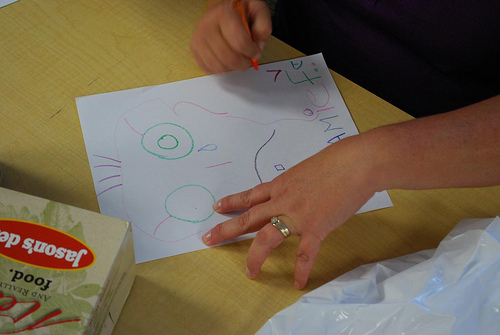
Why Does Osteoarthritis Occur?
Osteoarthritis is a degenerative disorder of the joints due to improper repair and progressive wear and tear. It involves the degeneration of joint cartilages and bone underneath them. In young healthy individuals the water content of joint cartilages is kept in balance. With age, the water content of the cartilage increases leading to a loss of proteoglycans. As the protective effect of proteoglycans disappear, collagen fibers degenerate due to mechanical stress. Excessive body weight, fractures especially involving the joint surfaces, congenital skeletal abnormalities, muscle atrophy and peripheral nerve damage are some common causes of mechanical stress leading to wear and tear. Exercise, even if it involves excessive movement at the joints, has no correlation with the incidence of osteoarthritis. Osteoarthritis can occur secondary to diabetes, Ehlers Danlos Syndrome, Marfan’s diseases, alkaptonuria, hemochromatosis and Wilson’s disease.
- Important notification about information and brand names used in this slideshow!
- Photo courtesy of Roger Carr by Flickr : www.flickr.com/photos/rogercarr/3781206548/
- General pathology by Walter and Israel

Easy Weight Training And Aerobic Exercise
Weight training and aerobic exercise have merit as preventive strategies, in addition to palliative methods. Regular exercise will help maintain a normal body mass index. Excessive body weight is a known risk factor for osteoarthritis while normal body weight is known to delay the onset of osteoarthritis. Exercise increases the blood supply to the joints. This warms up the joints, flushes away accumulated inflammatory mediators and promotes repair. This is why osteoarthritis patients complain that the joints are stiff in the morning but seem to become flexible with work. The same principle is applied here to use exercise as a palliative method to reduce pain and improve functionality.
- Important notification about information and brand names used in this slideshow!
- Photo courtesy of Nuno Cardoso by Flickr : www.flickr.com/photos/nunocardoso/43534635/
- Clinical medicine by Kumar and Clark
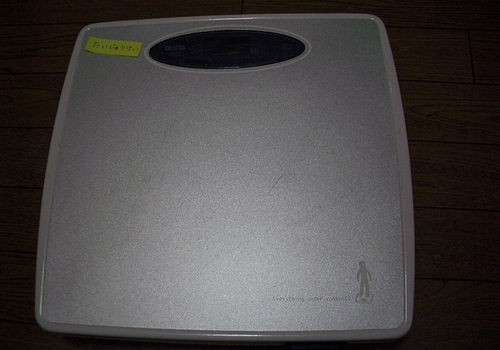
Control Your Weight
Body weight is transmitted along the vertebral column to the pelvic girdle. In a standing position, weight is divided between the two hip joints and transmitted down along the lower limbs. In the sitting position, the weight of the upper body is transmitted down to the chair through the two ischial tuberosities. As weight bearing joints, lower lumbar intervertebral joints, hip joints, knee joints and ankle joints are more susceptible to wear and tear. These are the joints most commonly involved in osteoarthritis. Weight reduction will reduce the rate of damage by wear and tear and thus delay the onset of osteoarthritis. In patients with established osteoarthritis, weight reduction is very effective in reducing pain.
- Important notification about information and brand names used in this slideshow!
- Photo courtesy of matt smith by Flickr : www.flickr.com/photos/freebeets/2163963/
- Clinical medicine by Kumar and Clark
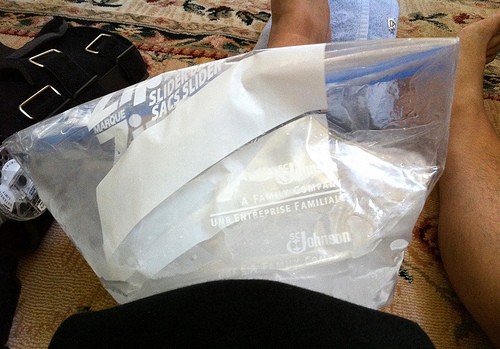
Ice Packs Or Heat Pads?
Osteoarthritic joints are stiff in the morning and become flexible with work. This is because increased blood supply warms the joint. Proper perfusion washes away the inflammatory mediators from the joint, reducing pain. This is the principle of heat pads, warm wax, and infra-red light used to warm up the joints in osteoarthritis. Ice packs do the opposite. Ice packs cool the body surface. In order to limit heat loss, the body redirects the blood supply away from the area. This limits joint warm up and promotes production of inflammatory mediators. Thus applying an ice pack to the osteoarthritic joint will increase pain.
- Important notification about information and brand names used in this slideshow!
- Photo courtesy of Vince Viloria by Flickr : www.flickr.com/photos/vinceviloria/4851542278/
- Ganong's review of medical physiology
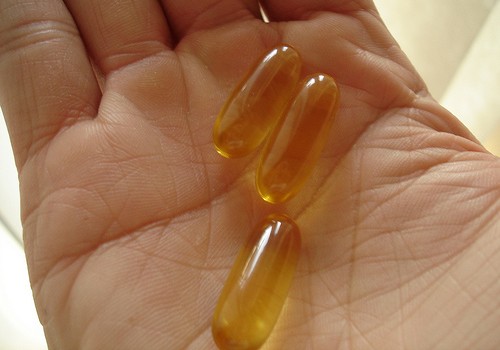
Include Omega-3 Fatty Acids In Your Diet
Researchers at the University of Bristol have found that a diet rich in omega 3 fatty acids potentially reduces the incidence of osteoarthritis. They have shown that it slows down the natural progression of the disease. They have found evidence to suggest that omega 3 fatty acids actually alter the pathophysiology of osteoarthritis and it may be used as a disease modifying drug for the disease. Omega 3 fatty acids exert an anti-inflammatory action reducing the damage to cartilage and the underlying bone. They also promote anabolic activity in cartilaginous tissue, improving the rate of repair.
- Important notification about information and brand names used in this slideshow!
- Photo courtesy of Stephen Cummings by Flickr : www.flickr.com/photos/spcummings/2569503808/
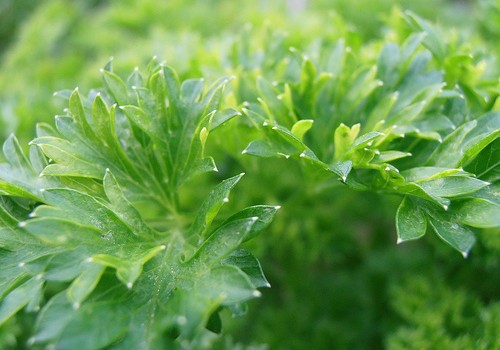
Eat Parsley And Other Anti-inflammatory Foods
Although osteoarthritis is classified as a non-inflammatory joint disease, cytokines and metalloproteinases are released in to the joint fluid as a result of wear and tear. These mediators promote cartilage degeneration. Initially the cartilage swells due to excessive synthesis of the matrix as an effort to repair the damage. With time, proteoglycan content of joint cartilage reduces, taking the elasticity and tensile strength of the cartilage with it. Minute clefts and furrows appear on cartilage surfaces. This process may be retarded by incorporating anti-inflammatory foods in the diet. Parsley, broccoli, cauliflower, cabbage, blueberries, fish oils, and turmeric are a few food types rich in anti-inflammatory compounds.
- Important notification about information and brand names used in this slideshow!
- Photo courtesy of storebukkebruse by Flickr : www.flickr.com/photos/tusnelda/7916041622/
- Clinical nutrition by Alan R Gaby
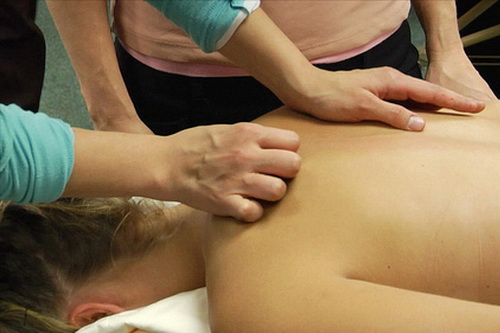
Massage Therapy May Help
The Institute of Complementary and Alternative Medicine in New Jersey recommends massage therapy as an effective method that should be incorporated into the routine management plan. In a study involving radiographically confirmed cases of osteoarthritis of the knee joint, they demonstrated that the group who received Swedish massage twice a week for four weeks followed by once a week for three weeks showed significant improvement of symptoms. The WOMAC (Western Ontario and McMaster Universities Osteoarthritis Index) was used to assess the treatment outcome. The WOMAC global score, range of motion, pain, stiffness and physical functions showed marked improvements in the study group compared to the control group.
- Important notification about information and brand names used in this slideshow!
- Photo courtesy of wistechcolleges by Flickr : www.flickr.com/photos/wistechcolleges/7221625780/
- www.ncbi.nlm.nih.gov/pubmed/17159021
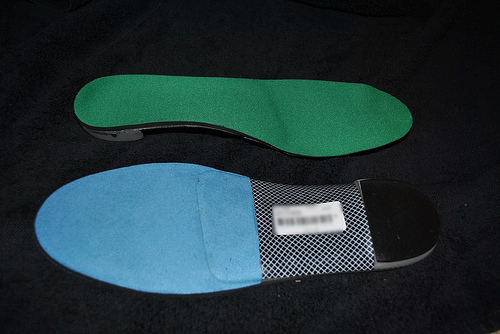
Use Orthotics
According to a study done at Erasmus Medical Center in Rotterdam, The Netherlands, orthotics have failed to show any added advantage in osteoarthritis of the knee joint compared to medical treatment alone. Braces, sleeves and insoles were compared in this study and braces were shown to be more beneficial than sleeves in osteoarthritis of the knee joint. Insoles with a lateral wedge reduced pain more effectively in osteoarthritis of the ankle joint as evidenced by a drop in the intake of non-steroid anti-inflammatory drugs as pain killers. Patients used lateral wedged insoles because they were more comfortable and practical compared to neutral insoles.
- Important notification about information and brand names used in this slideshow!
- Photo courtesy of Douglas Muth by Flickr : www.flickr.com/photos/dmuth/4905715793/
- www.ncbi.nlm.nih.gov/pubmed/15674927
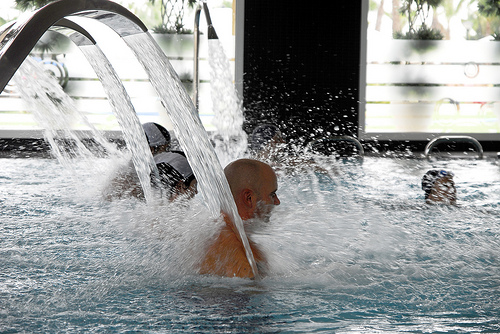
Visit A Spa
A randomized controlled multicentre trial proved the effectiveness of spa treatment in patients diagnosed with knee joint osteoarthritis. A three week spa treatment regimen combined with regular home exercise and medication showed significant improvement of symptoms after 6 months, according to the WOMAC (Western Ontario and McMaster Universities Osteoarthritis Index) criteria, compared to a regimen consisting of medication and home exercise alone. This study also showed that unsupervised home exercise regimens not tailored to the individual need were not helpful in managing knee joint osteoarthritis, but in fact increased the intake of pain killers during the study period.
- Important notification about information and brand names used in this slideshow!
- Photo courtesy of Camping Marjal Costa Blanca by Flickr : www.flickr.com/photos/82962808@N05/7849527742/
- www.ncbi.nlm.nih.gov/pmc/articles/PMC2927613/#!po=10.0000
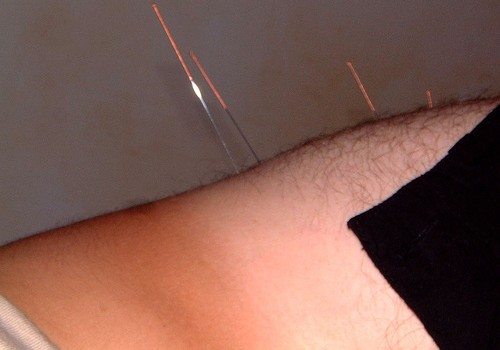
Try Acupuncture
There is mixed evidence when it comes to acupuncture. Considering the quality of the available studies and the evidence level, a systematic review done by the American Academy of Orthopedic Surgeons is the most reliable. A study done by Selfe et al concludes that acupuncture is a viable treatment method that should be incorporated into the routine management regimen. Acupuncture has been rejected as a potential adjunct to the routine management plan of knee joint osteoarthritis. According to the recommendations made by the American Academy of Orthopedic Surgeons, all the available studies assessing the effectiveness of acupuncture have failed to show significant improvement of symptoms and outcome.
- Important notification about information and brand names used in this slideshow!
- Photo courtesy of Tom Hodgkinson by Flickr : www.flickr.com/photos/hodgers/487103784/
- http://www.ncbi.nlm.nih.gov/pmc/articles/PMC2810544/ http://www.aaos.org/research/guidelines/OAKSummaryofRecommendations.pdf



-Symptoms,-Diagnosis,-Treatment_f_280x120.jpg)

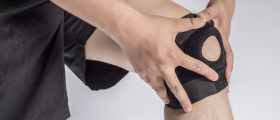
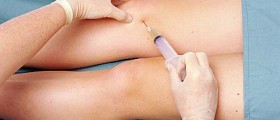
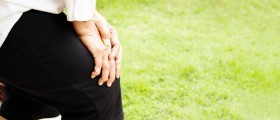


-Arthritis_f_280x120.jpg)



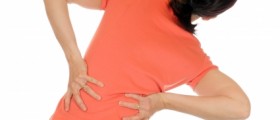
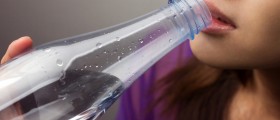
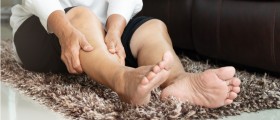
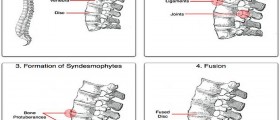
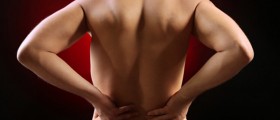
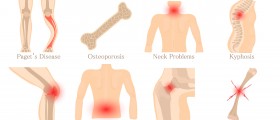
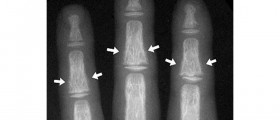
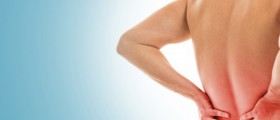





Your thoughts on this
Loading...